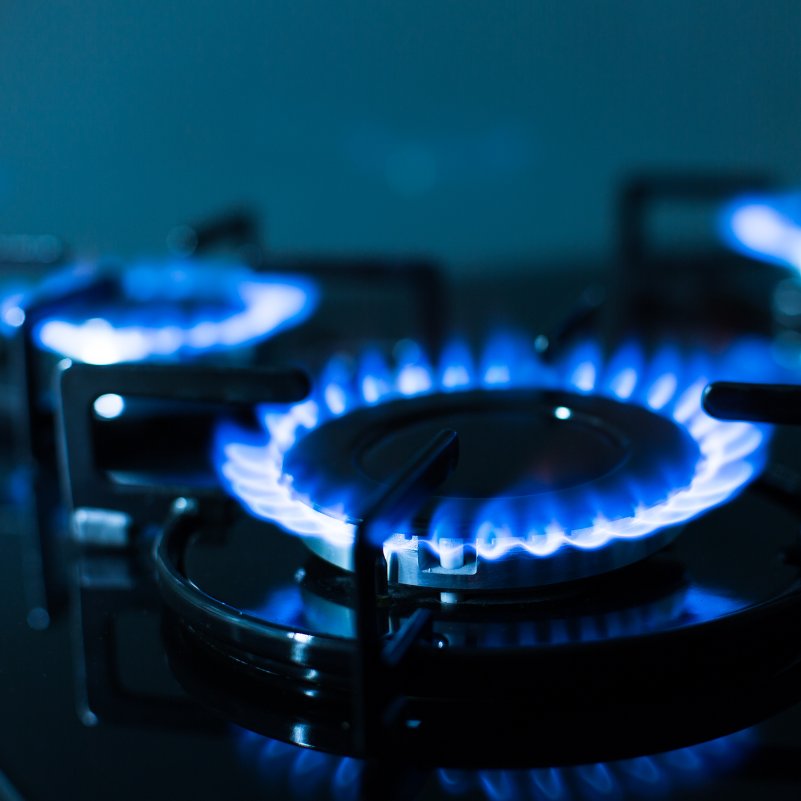Natural gas is a dependable energy source in many homes. It is a mixture of naturally occurring gases rich in hydrocarbons which converts to a clean fuel after extraction and processing.
Natural gas has many uses at home, including cooking, drying clothes, cooling or heating houses, patio heaters, pool heaters, fire pits, powering refrigerators, and generating electricity.
Gas leaks arise when a gas line or appliance develops a tiny opening due to exposure and corrosion. Natural gas is non-toxic. But in various conditions, gas leaks can cause:
Dizziness - if you inhale high amounts in a confined area
Higher gas bills - since the gas escapes continuously
Flammable mixtures - which can explode in open-air
Costly property damages
Dead vegetation - including trees and houseplants
Signs of a Gas Leak
Gas leaks may spring up unexpectedly. A Kirrawee plumber explains how to detect gas leaks using the signs below.
Foul Odour
Since natural gas is odourless, it can be challenging to detect a leak. Fortunately, gas companies use an additive that gives gas a noticeable smell.
The scent is almost like rotten eggs, sulphur, or sewage and normally starts off as a faint smell that becomes concentrated as you approach the leaking point.
Hissing Sounds
You may hear some hissing or whistling sounds emanating from your appliances or gas lines when the house is quiet. Note that if you hear these hissing sounds, it means the gas is escaping in high amounts, so you should act quickly to see if the sounds are coming from your gas lines or gas-using appliances. Turn off the mains and all appliances and call a gas fitter to fix it for you.
Dead Plants
If you’ve always taken good care of your plants, but they suddenly begin to wither for no reason, the answer might lie in your gas lines. Dying plants could be an indication of gas leakage in the underground pipes in your garden. Gas dislodges oxygen in the soil suffocating your plants to death.
Houseplants thrive on carbon dioxide during the day and oxygen at night. Gas leakages deprive your plants of carbon dioxide and oxygen and kill them. You can use houseplants as indicators by placing them where leakages are most likely to occur, for instance, in the kitchen or near a fireplace. While your plants are thriving, you can be confident that you don’t have gas leaks.
Small Bubbles
Do you suspect that a particular spot on your gas pipes is leaking? You can use the bubble test to confirm or dispel your suspicions. First, put one teaspoon of dish soap into a cup of water and stir to form a lather. Then, use a paintbrush to apply the soap mixture onto specific areas on your pipes.
Saturate the spot with soapy water and watch for bubbles. If they form, you’ve found your leak. If not, continue applying the mixture in different spots.
Physical Symptoms
When you feel dizzy, nauseated, or suffer from headaches without existing medical issues, it’s time to check for gas leakages in your home. If you can get outdoors to breathe fresh air, then do so and call your gas fitter to check it for you.
What to Do Next?
Any form of a gas leak is a cause for alarm. Be quick to turn off your gas mains and appliances. Open all your windows and go a considerable distance away from your home. Call a gas plumber to repair the leaks for you.
Conclusion
Using natural gas in your home is inevitable, but your health is paramount. You can conduct regular checks using the above signs to ascertain your safety. Do you suspect a leak? Don’t wait.You’ll need a licensed gas fitter to help diagnose and repair your gas leaks.

